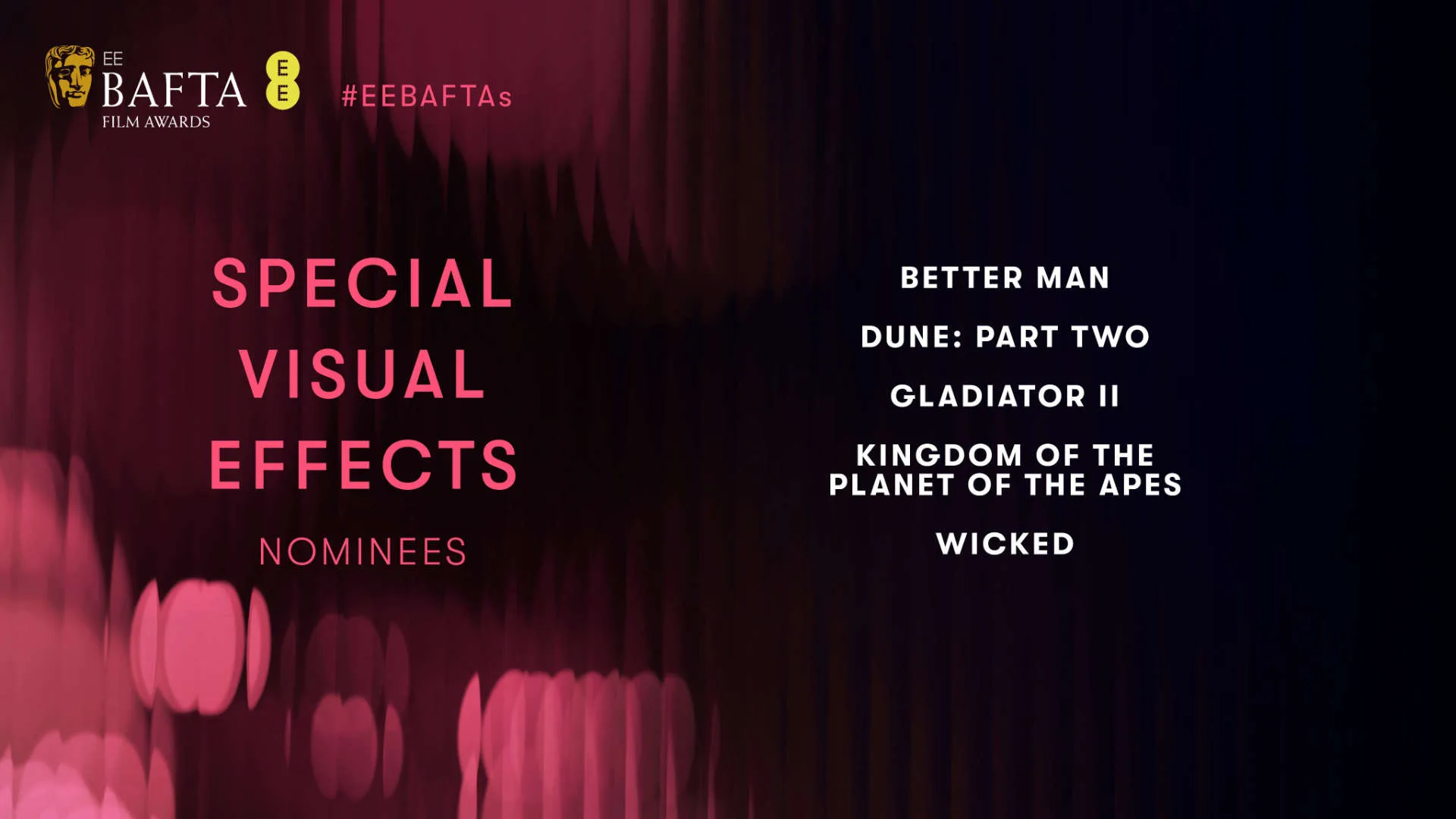3DPRINTINGINDUSTRY.COM
Creative Dock Group Acquires nFrontier to Accelerate Product Development
Creative Dock Group (CDG) has acquired Berlin-based design company nFrontier GmbH.As a venture builder, CDG designs, builds, and scales products and services for corporations. It hopes integrating nFrontier will support its expansion into hardware production by accelerating time-to-market and shortening customer innovation cycles.According to the corporate venture firm, the acquisition has already caused some customer development cycles to fall from 30 to 4 months.nFrontier CEO Daniel Buening said the company is thrilled to be the newest member of the Creative Dock family. He believes the move will provide a launchpad for future growth and a strong home to fulfill our mission of designing, developing, building, launching and scaling hardware products from the ground up.Buening founded the innovation studio alongside Dr. Stephan Beyer and Pervin Adiyaman in 2020 to help companies develop and launch new products. A key goal is to increase the adoption of emerging technologies like industrial 3D printing.nFrontier has supported clients ranging from automotive manufacturers Motherson and BMW, to Railroad equipment manufacturer Vossloh, and leading aerospace company Airbus. CDG also boasts an extensive customer list, including leading sportswear brand Adidas, cybersecurity software provider Avast, and global tobacco company JTI.Our manufacturing & FMCG customers are looking for an iterative and agile approach to developing and commercializing physical products in order to compete in the global marketplace, added CDG Executive Chairman Martin Pejsa. He explained that while innovation acceleration has been seen in digital technology, we need to transfer this speed to hardware.Daniel Buening, CEO nFrontier. Photo via nFrontier.Creative Dock Group acquires nFrontierCDG hopes that incorporating CDGs expertise in hardware prototyping, iteration, and pre-production will enable it to accelerate physical product launches. It draws inspiration from the e-mobility, space, and aerospace technology sectors to drive impossible speed in product development.This new investment doubles the firms presence in the hardware space, having previously prioritized digital products. These offer faster go-to-market strategies and more rapid scalability.However, CDG believes the landscape is changing, as developments in CNC machining, robotics, and additive manufacturing unlock new opportunities for hardware companies. Such advancements facilitate flexible, faster, and more precise product development. CDG believes this technology allows companies to meet evolving market needs and increase productivity.nFrontier is no stranger to additive manufacturing technology. Its three co-founders previously held executive positions at BigRep, a Berlin-based large format 3D printer OEM. Beyer served as BigReps CEO, while Buening held the Chief Innovation Officer position and Adiyaman ran corporate administration.In 2021, leading 3D printing firm Stratasys became a founding partner of the industrial design specialists Emerging Technologies Center (EmTeCe) in Berlin. The agreement sought to develop EmTeCe into a leading technology innovation facility where hardware and software applications are developed for clients.Notably, Stratasys supplied a set of its FDM, PolyJet, and P3 Programmable Photopolymerization 3D printers. Artificial intelligence, extended reality, artificial intelligence, robotics, generative design, drones, and quantum computing technologies have also been integrated into the innovation hub.More recently, the 2023 IAA Mobility motor show in Berlin saw nFrontier showcase its PYLO airbag-equipped bicycle helmet and UILA electric vehicle (EV) concept. The safety-optimized helmet features a 3D printed nylon structure designed to absorb deep impacts to a higher level than conventional polystyrene alternatives. It also features what was said to be the worlds first face shield airbag designed for a bicycle helmet.UILA was introduced at Formnext 2022. 3D printing was used in the production phase of the small EV and cargo bike crossover. Additive manufacturing reportedly reduced costs and improved manufacturing sustainability. This included the use of Stratasys powder-based Selective Absorption Fusion (SAF) system and 3D printers from California-based Origin One.The UILA EV being unveiled at Formnext. Photo via nFrontier. 3D printing acquisitionsBusiness acquisitions continue to dominate the 3D printing headlines. Doubts loom over Nano Dimensions M&A activity. Last year, the Israeli micro-3D printing specialist agreed to acquire Desktop Metal for $183 million. A $115 million deal was also agreed for FDM 3D printer manufacturer MarkforgedYoav Stern, former Nano CEO, previously highlighted the long-term value creation and profitable growth these transactions would deliver. However, activist shareholder Murchinson Ltd. does not share these views, having called Nano Dimensions acquisition offers overpriced and misguided.In December 2024, Murchinson succeeded in removing Stern from the companys Board of Directors. Later that month, the ardent consolidation advocate was removed as Nano Dimension CEO. This has cast doubts over whether the company will finalize the acquisition agreements. As a result, Desktop Metal filed two lawsuits against Nano Dimension, alleging a failure to make reasonable best efforts to secure timely regulatory approval for the merger.Elsewhere, the European Commission (EC) recently approved US chip design software provider Synopsys Ansys acquisition. The US chip design software provider agreed to acquire the engineering simulation specialist last year. However, the EC has found that the $35 billion cash and stock agreement could stifle global competition in the optics, photonics, and register-transfer-level (RTL) power consumption analysis software markets. Therefore, both firms have agreed to sell overlapping business operations to EC-approved buyers, actions which would see EC approve the merger.Who won the 2024 3D Printing Industry Awards?All the news from Formnext 2024.Subscribe to the 3D Printing Industry newsletter to keep up with the latest 3D printing news.You can also follow us on X, like our Facebook page, and subscribe to the 3D Printing Industry Youtube channel to access more exclusive content.Featured image shows nFrontiers Emerging Technology Center team. Photo via nFrontier.










